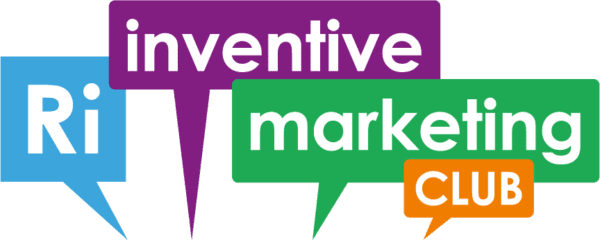Here at Rather Inventive we build our websites using a tool called WordPress. It offers lots of benefits, but perhaps the most important of them is how easy it is to use. In terms of adding, moving and removing content, just half an hour of training will get you going. It means that once we’ve built your website, you can really take ownership of it and develop it over time. It also means you don’t need to pay anyone to maintain it because you can look after it yourself.
So how does it work? Very simply! Once you’ve logged in, the first thing you’ll see is your dashboard: a summary of your site. (You can click on an image to get a larger version in a new window.)
‘Posts’ refers to the blogs you’ve written. ‘Pages’ refers to the pages in your website.
Working with posts
Let’s take a look at posts first. A post is like a blog entry. To change a post, hover over its title. You can edit it, quick edit the title or the categories, trash it (delete for us British) or view it (i.e. see the way it looks to visitors). To create a new post, click ‘Add new’.
Adding a new post or amending an existing one
To get started, give your post a title. The text of the post goes into the big box.
You can format and work with the text in the same as you would in a Word document or similar. The chain icon helps you create a hyperlink to another page or website while the broken chain removes a link. The ‘Visual’ tab basically shows you what you’ll see on the live site. The ‘HTML’ tab shows you the code, if you want to get your hands dirty.
You can assign each blog post a ‘Category’ (or more if you need; our categories might include ‘web design’, ‘web copywriting’, ‘customer stories’, ‘misc’, for example). These are used to help people search for posts they might find interesting. You can also add tags (or keywords) to help give people an idea what the post is about in more detail.
The final step is to write your metatags. The most important of these are the ‘SEO Title’ and ‘Meta Description’. The SEO Title is what features as the clickable link in search engine results. The Meta Description describes the contents of the post and sometimes appears under the clickable link in search engine results. Both should contain as many of the relevant keywords for your site as they can while still reading well. When you’re all done, click ‘Publish’ if it’s a new page or ‘Update’ if it’s an existing one (the button will change accordingly). And to check it all looks OK, click ‘View Page’.
Working with pages
The process of working with pages on your site is essentially the same as working with posts. You don’t have categories, though. Instead, you need to think about the ‘Page Attributes’.
‘Parent’ refers to its place in the structure of your website. If it’s a main heading (i.e. it’s visible on every page), it has ‘no parent’. If it’s a page in a section, then select the section it’s part of.
‘Order’ refers to where it appears in the site. For example, if your site had Home, News, Products, Special Offers, in that order, Home would be 1, News would be 2 and so on. And if Products had three sub-pages, Super Product would be 1, Simple Product would be 2 and Complex Product would be 3 etc. If you want to check you’ve got it right, just ‘View Page’.
The only other thing you need to think about is whether you want your page to accept comments (like your posts do). You set this in the ‘quick edit’ option on the main page list by checking / unchecking ‘Allow Comments’.
Adding ‘media’
Media is the term WordPress uses for videos, downloads and so on. You can add media to a page or a post using the ‘Upload/Insert’ option when you’re adding/editing a post/page. Simply click on the option and follow the instructions.
And that’s it. WordPress is infinitely more flexible and exciting than this post makes it sound. But the beauty of it is, you need only explore what it has to offer when you’re ready – doing the basics is really straightforward!

